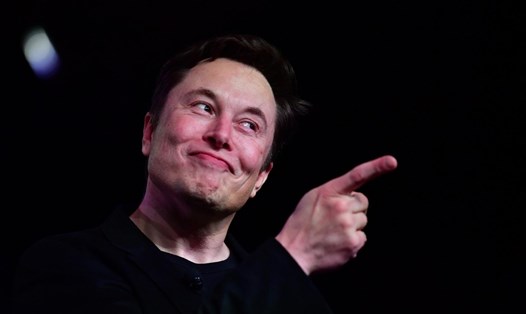Twitter announced that the platform is preparing to launch gray censorship stamps on users' profits to overcome their ambiguity in distinguishing between accounts with their own blue ticks and those who have to pay a fee of $8 a month to have this tick on their personal pages, according to CNN.
Esther Crawford, the company's product manager, posted a photo to see how the gray tick would look.
The screenshot below shows the official Twitter account account, including a blue standard check mark next to the display name and a gray checkmark with the words Official - Official below.
Not all verified accounts will have an Official label, and in particular, this label cannot be purchased, said Mr. Crawford. The accounts that will receive it include government accounts, commercial companies, business partners, large media outlets, publishers and some public figures.
Tested access to some active personal pages of Twitter that do not display gray checkmarks, showing that this feature has not been rolled out.
Twitter said it is still trying to experiment with ways to distinguish between account types.
In recent days, Twitter has faced widespread criticism for its plan to change the meaning of the blue checkpoint.
Initially, individuals who were confirmed to be public figures were allowed to own green ticks.
However, in early November, the new CEO - Elon Musk had a plan to ask users to pay to get this ticket for only 8 USD/month.
Election security experts issued a warning shortly after that bad guys could pay to get a blue checkpoint, then change their display names to impersonate government officials or other authorized sources of information.
After seemingly being ready to roll out the feature over the weekend, Twitter later decided to delay the roll out until after the US midterm election, CNN reported earlier.
Also last weekend, new owner of Twitter, Elon Musk, said that accounts discovered to have engaged in impersonation would be permanently banned without a warning.
Elon Musk's announcement came after many celebrity accounts used verified status to criticize and express dissatisfaction with the billionaire's bid verification plan by changing their accounts to look like Elon Musk's.








